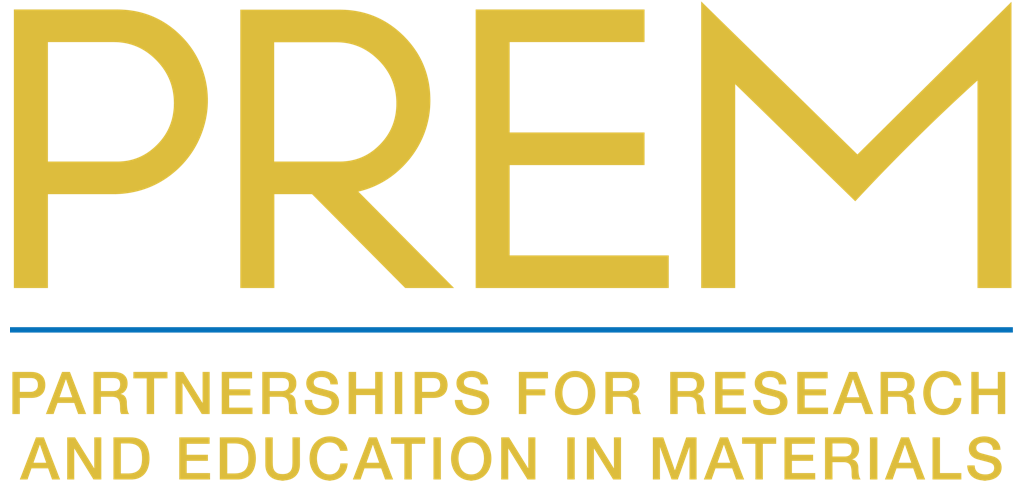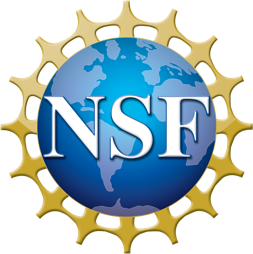Cal. State Univ. Long Beach and Ohio State University Partnership for Education and Research in Topological Materials
This partnership project builds on the success of a prior three-year Partnerships for Research and Education in Materials (PREM) Seed grant awarded in 2021 to California State University Long Beach (CSULB) and The Ohio State University's Center for Emergent Materials (OSU CEM) Materials Research Science and Education Center (MRSEC).
Leveraging CSULB's status as an urban Hispanic Serving Institution and OSU's commitment to broadening participation in STEM, the partnership aims to support traditionally underrepresented students in science and technology. The program offers diverse career pathways, including a research-based MSc program, post-baccalaureate Bridge programs, and the CEM Research Experience for Undergraduates (REU) program, focusing on inclusive recruitment and retention through engaging research and education activities.
The goal is for students to complete their degrees and progress into STEM PhD programs or industry careers, addressing the "missing millions" identified by the National Science Board. Research projects integrate materials science, chemistry, mathematics, physics, and biophysics, exploring phenomena like topology and cooperative emergent behaviors with applications in magnetic storage, energy-efficient devices, and bio-inspired materials. The program fosters a dynamic and inclusive research culture at CSULB through collaborative research, professional development, and faculty mentoring. The goals of the program are supported by OSU CEM's expertise in education research, broadening participation in STEM and serving as a model for other disciplines.
This PREM project focuses on fundamental materials research and is significant for its integration of materials science, chemistry, mathematics, physics, and biophysics, focusing on discovering and exploiting commonalities in topology and cooperative emergent phenomena in materials from layered two-dimensional crystals to metallic/molecular thin films and biopolymers.
Research applications aim to advance ultra-fast and energy-efficient computing, fault-tolerant quantum information processing, and next-generation electronic devices. Specific projects focus on the interplay of topology, magnetism, and superconductivity in (Chromium/Platinum/Iridium) Telluride alloys; geometric magnetic frustration in sodium-based osmates; and exotic magnetic states on curved magnetic thin films. Other projects explore tunable metal-organic magnon-spin heterostructures, topological effects in biomolecules, and theoretical aspects of topological phases. Each project combines complementary expertise from CSULB and OSU, using advanced characterization techniques, sample synthesis methods, and theoretical approaches, further strengthening collaborative relationships and aligning with OSU CEM?s interdisciplinary research groups on metal/magnetic-insulator interfaces and topological phenomena in magnetic materials.


